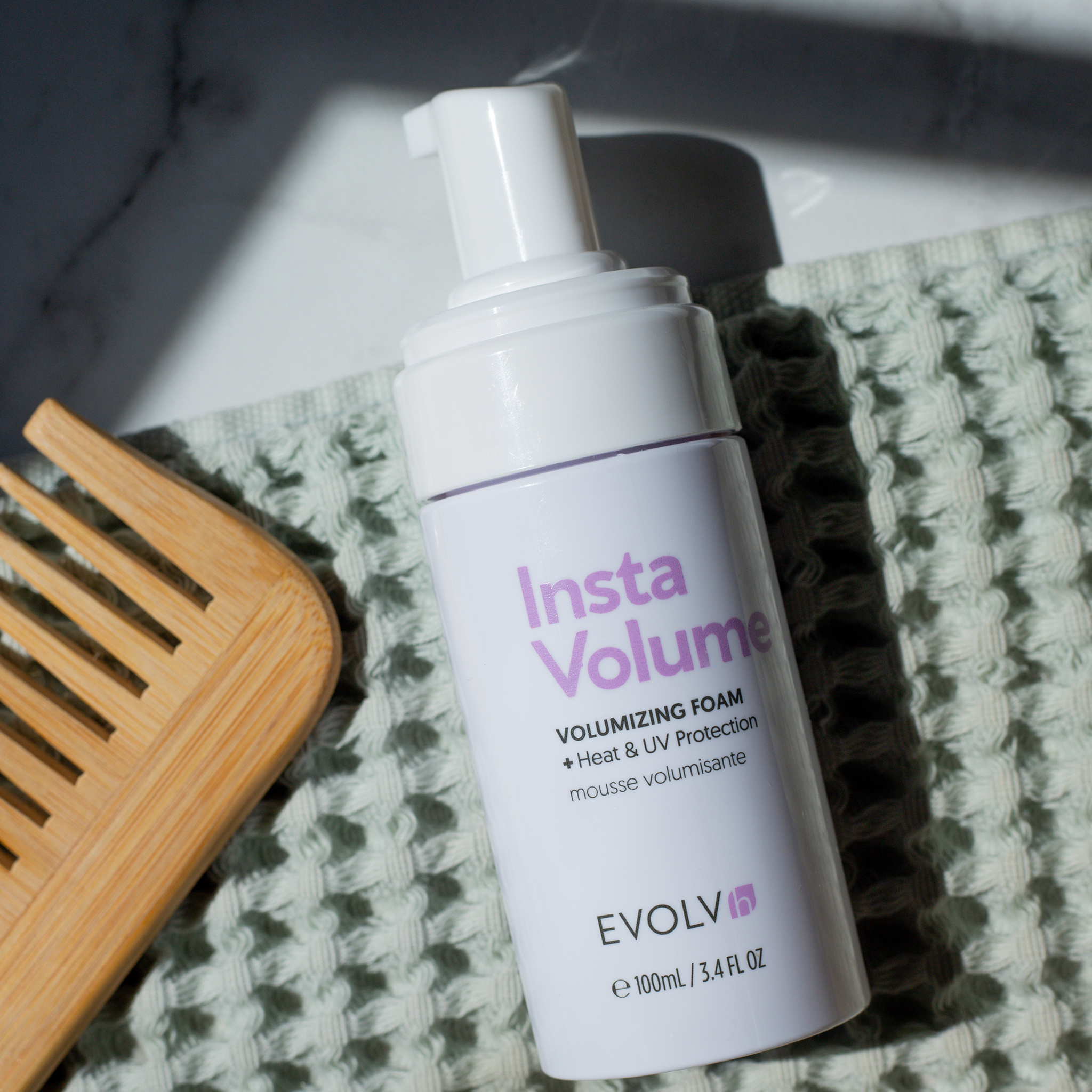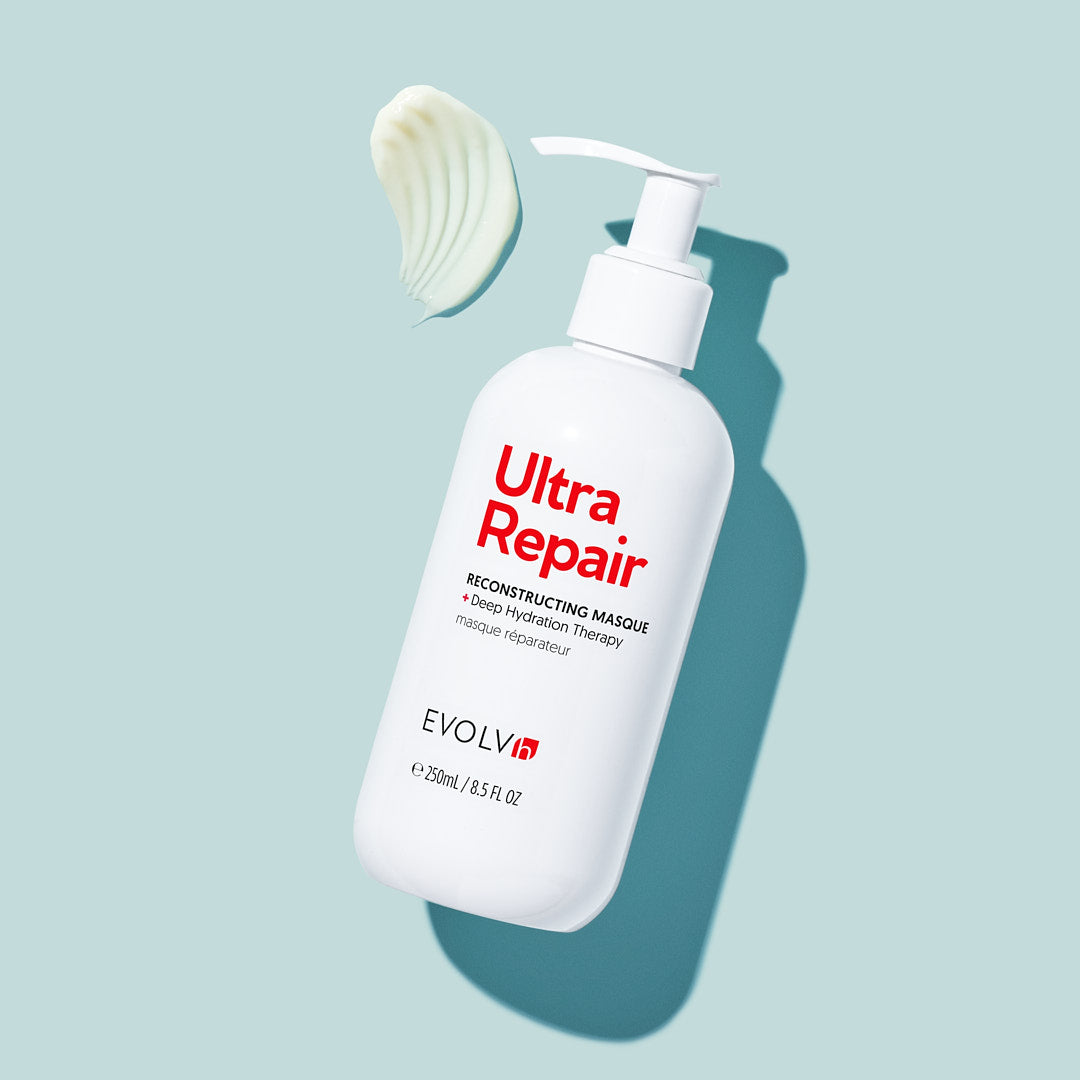The Essential Guide to Cleaning Hair Brushes and Combs for Healthy Hair

When was the last time you deep-cleaned your hair brushes and combs? We’re not just referring to pulling out the tangled hair, but a complete wash, rinse, and repeat. While this task may often be overlooked, maintaining clean hair brushes and combs is a key component of a healthy hair care routine.
Over time, brushes and combs accumulate hair, product residue, natural oils, and dead skin cells. This buildup can reintroduce old bacteria into your hair, potentially leading to scalp infections or dandruff. Moreover, dirty brushes can make your freshly cleaned hair appear greasy or dull.
*A friendly reminder that people naturally lose hair every day, and some of that will collect in your hairbrush as you style your hair. According to the American Academy of Dermatology, it's normal to lose up to 100 hairs per day, and inevitably, some of that will end up in your brush. If shedding and hair loss is a concern, our Better Roots Collection helps improve scalp health and hair longevity.
So, how frequently should you clean your hair tools? Ideally, aim to clean your hair brushes and combs every couple of weeks or monthly. However, the frequency can vary depending on your product usage and natural oil production.
Wondering how to effectively clean your hair tools at home? Here's a simple step-by-step method:
- Remove all hair from the brush or comb using your fingers or tweezers.
- Prepare a solution of warm water and a generous squeeze of your favorite EVOLVh shampoo, swirling the water to create a soapy bath for your tools.
- Soak the brush or comb in the solution for about 20 minutes - avoid submerging the handle if it’s wooden.
- Gently scrub the base and bristles using an old toothbrush. Pro-tip: dip the toothbrush in baking soda to help remove excess product buildup.
- Rinse thoroughly under running water.
- Let it air dry with the bristles facing down to prevent water from soaking into the handle.
- If needed, repeat the process.
For an intensive deep clean, try soaking your hairbrush in vinegar, a natural disinfectant that can tackle stubborn dirt and grime. Let your brush soak for up to 30 minutes.
Cleaning Wooden Hair Combs
Follow the same directions, but instead of submerging your comb in water (to prevent the wood from swelling or cracking), dip the toothbrush in the solution and gently scrub the teeth of the comb. Allow the comb to dry completely before using it again.
What is the gray fuzz in my hairbrush?
The gray fuzz you see a mixture of dead skin cells, sebum, and old hair product—along with a bit of dust and dirt. If you find lint or dust stuck to the base of the brush after removing tangled hair, use a clean, dry toothbrush to remove the remaining lint from between the brush bristles. Brush horizontally and vertically through the bristles to remove as much lint as possible.
Happy cleaning and cheers to taking steps to maintain he health and vitality of your hair.



